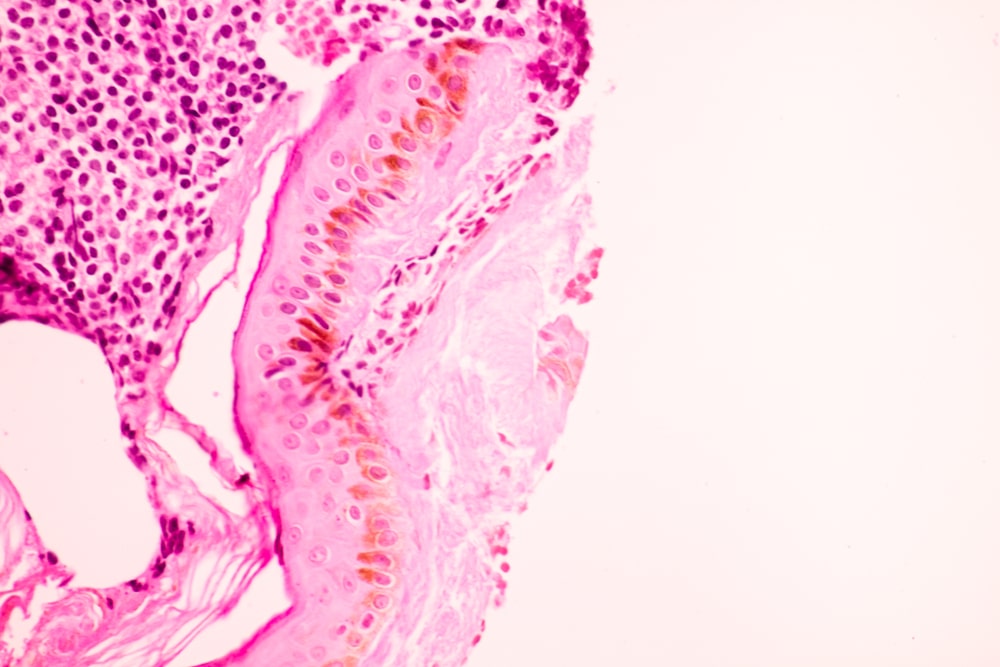The plasma membrane forms a barrier against excessive amounts of Na+ within the extracellular fluid from entering the cell. However, the plasma membrane is slightly “leaky” to Na+, allowing minimal amounts of Na+ to gradually move into the cell. To compensate for this, there is a perpetually active Na+ /K+ ATPase pump, which moves Na+ out of the cell constantly, in exchange for K+ into the cell. The normal functioning of these pumps is hampered due to depletion of ATP, which leads to an accumulation of Na+ intracellularly, creating osmotic pressure which causes cellular swelling.

Fatty Change (Steatosis)–Cellular swelling
This steatosis is produced by a malfunction in the cell’s regulation of triglyceride production and elimination and is linked to hypoxic, toxic, and metabolic injuries. Excess lipids build up inside cells, most commonly parenchymal cells, forming many vacuoles that dispense with the cytoplasm. Macrovesicular steatosis occurs when these vesicles are large enough to displace and deform the nucleus.
Also read: Morphology of cell injury adaptive changes